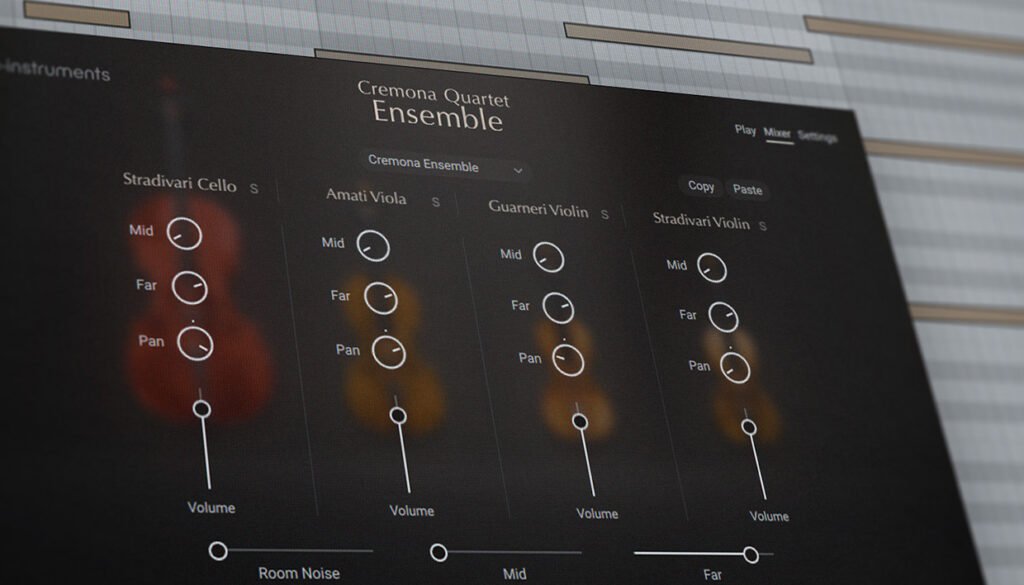How are strings arranged?
Strings are arranged by following a series of creative steps based on the aspects of arrangement: rhythm, harmony, instrumentation, and form. Once you have the basic idea for your string section, go through each of these aspects in turn, deciding how to approach them based on the kind of string composition you want to make.
Rhythm (when notes happen in time) and harmony (how the pitches of the notes combine to create chords) are the building blocks of a musical arrangement. Complex rhythms will create more energy and excitement than simple ones. Major harmonies will sound more uplifting, minor harmonies more sombre, and dissonances (clashing notes) can create tension.
Instrumentation means deciding which string instruments should play which notes in your score. There are many smart ways to use instrumentation to get the best out of your string ensemble – we’ll get into some below.
Finally, form means deciding what structure your string arrangement should have. Are there two different melodies that happen one after the other? Is there a repeating chorus with verses in between? When you’re happy with the previous steps, move the MIDI material around in your DAW to create the form that sounds best to you.

